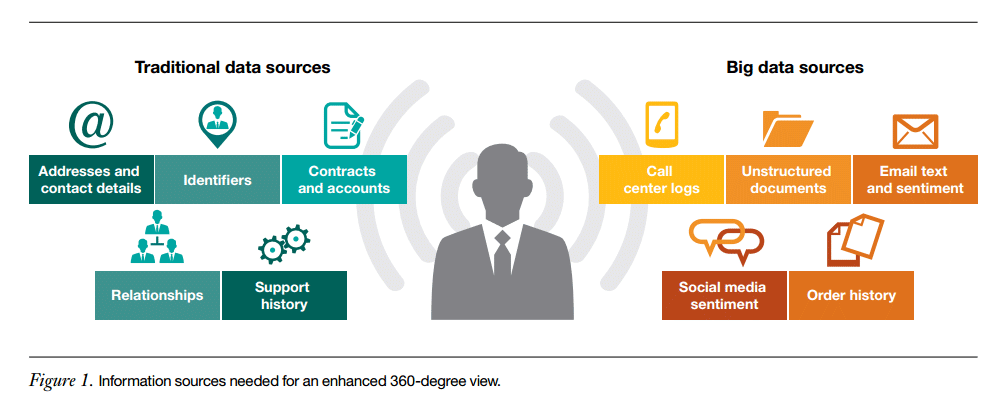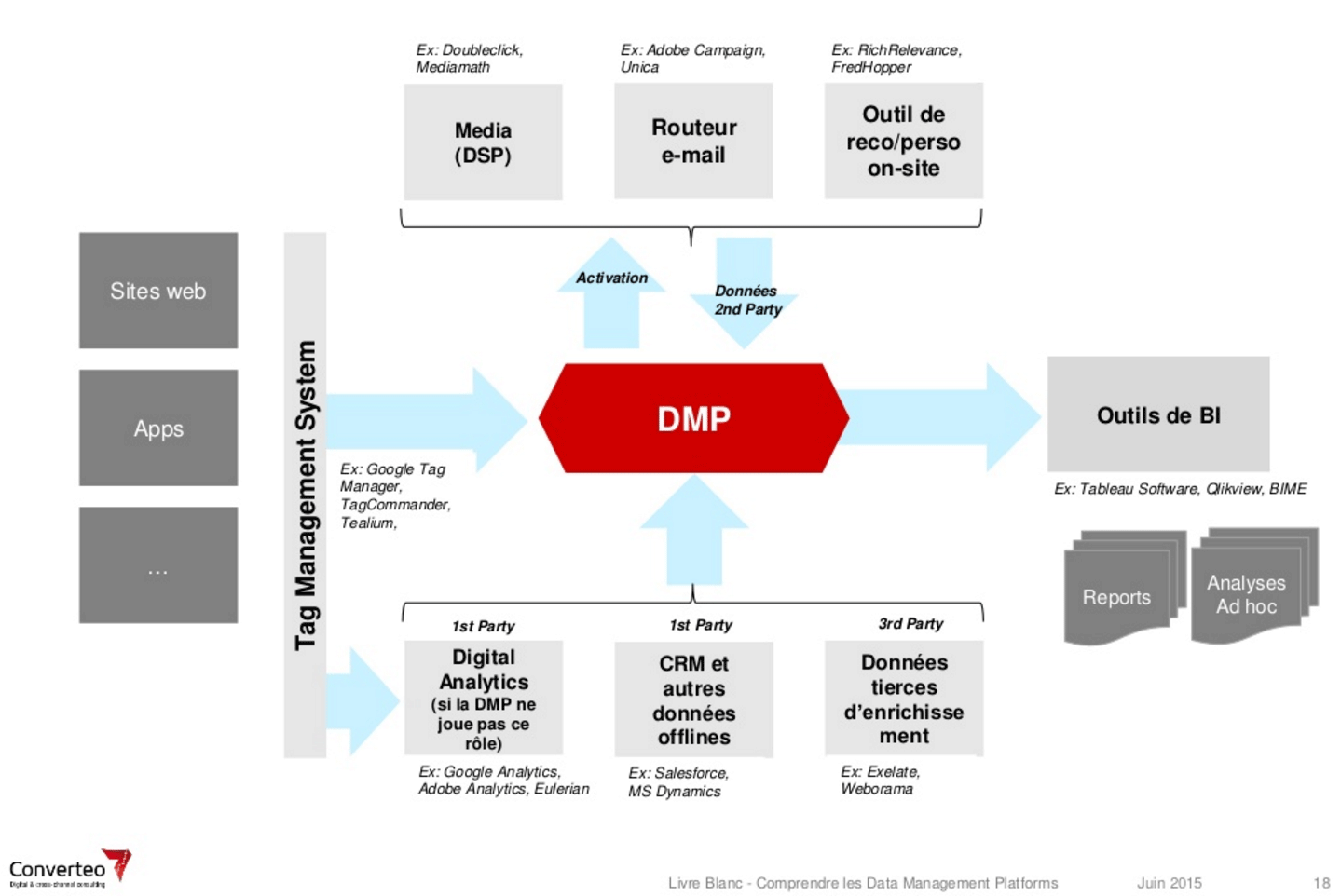8 April 2020
Big Data & Predictive Analytics – Beyond the Buzzwords
Every business today needs one essential piece of kit: a crystal ball. If you could predict the future, risk and…
13 September 2017
At a time when all CEOs are declaring loud and clear that the customer is now at the centre of their strategy, the reality is much less flattering. Customer information is diffused within companies and remains incomplete and difficult to correlate. Big Data finally offers a way of achieving the 360° view that all companies are chasing.
The idea of a 360° view of the customer is nothing new. It was already the aim of the big CRM platform rollouts at the beginning of the 2000s. Several million, even tens of millions of euros were invested in platforms that did not live up to the provider’s promises. There were many obstacles: interfaces with aging IT systems that were difficult and costly to implement, multi-channel strategies that were still in their infancy, but also teams that were reluctant to entrust their customer knowledge to a software programme. And ultimately, very few of the large CRM projects achieved their initial target of achieving a complete view of the customer.
Since then, companies have little by little gained greater control over their customer relationship mechanisms. Interfaces between software programs have been gradually put in place and new players from the SaaS sector have rejuvenated solutions, which have been modernised.
But although general managers are publicly congratulating themselves for having made a strategic turn that puts “the customer at the centre” of their strategy, behind the scenes, the marketing and sales teams are struggling to achieve this target. With the tools available, the marketing team has only fragmentary data with which to attempt to reconstruct their customers’ tracks. Estimating the ROI of marketing and communication activities in such an environment is more a question of acrobatics than of science. The multiplication of points of contact has only amplified the phenomenon. As for the sales staff, they certainly have the records of sales made and of calls made to the after-sales service, but today they have no visibility of the future, namely of what a lead is going to do. How many companies are now capable of informing their sales staff of which product information sheet a lead has consulted over the past months on their website? Yet this is key information.
Faced with the deficiencies of CRM and also with the inability to reliably reconstruct the customer’s tracks, it is necessary to break down the current silo mentality. To this end, Big Data constitutes a lifeline that is able to bring together disseminated information without having to call into question the significant investments already made in the implementation of ERP and CRM platforms. Big Data technology enables you to not only cross-check data that has until now been scattered to all four corners of the IT system and complement it with data from external sources, but also to integrate totally non-structured information into these analyses. From emails and exchanges with call centres to tweets or even messages posted on the company’s Facebook account, Big Data enables you to significantly expand the number of sources that will feed into this 360° view of the customer.


Several options are possible when introducing such an approach. Companies that believe that they should be in control of this strategic customer data themselves will favour the implementation of a Data Lake.
Navigation data gathered from the Web and social networks, information from CRM and contact centres, and data extracted from the ERP software, will be able to empty into this internal repository. Consequently, using data mining software and analytical tools, data scientists will be able to start working and extracting from these mountains of heterogeneous data customer knowledge that was until then buried in this data. This is the option resolutely chosen by key accounts, which have the necessary resources, both in terms of IT and marketing, to implement these new-generation architectures and, above all, the substantial financial means to put together a multidisciplinary hard-core of Big Data experts.
This approach has the virtue of preserving what already exists. By considering the storage costs in a Hadoop-type Big Data infrastructure as negligible, it becomes possible to recentralise data, even if this means duplicating it. If the material cost can be considered low, the organisational costs are very real and it is necessary to convince in-house management of the importance of opening up one’s data and putting in place long-term data governance over time. The energy deployed in implementing such an approach is far from negligible and support at the highest level of general management is required in order to achieve tangible results.
A Data Lake is a large transformation project that leads some to look for an alternative, particularly from DMP (Data Management Platform) in SaaS mode. The spread of web services to internal applications such as Internet services enables these Cloud providers to converge the data drawn from the company’s IT systems and external data to their servers. With this method, the IT department is only called upon in order to open the interfaces of their applications.

By eliminating the purely technical problem, the rollout is much faster and the tools become rapidly available for the marketing team, which will very quickly be able to start working on its customer tracks and optimise its operations. As well as the absence of initial heavy investment, the DMP offers the advantage of taking responsibility for the data integration component, processing the data so as to enable its analysis. The DMP enables you to undertake this customer segmentation which will let you optimise communication and ensure a fast ROI. In the other direction, the DMPs are interfaced towards the advertising space platforms, which provide the advantage of being able to directly steer campaigns onto digital media with the data.
With Big Data, the technical restraints that prevented this 360° view of the customer are in the process of being lifted. This approach finally seems to be within the grasp of companies. It’s up to the marketing and sales departments to come up with the strategies to be put in place to use this data and turn this vision into a reality.